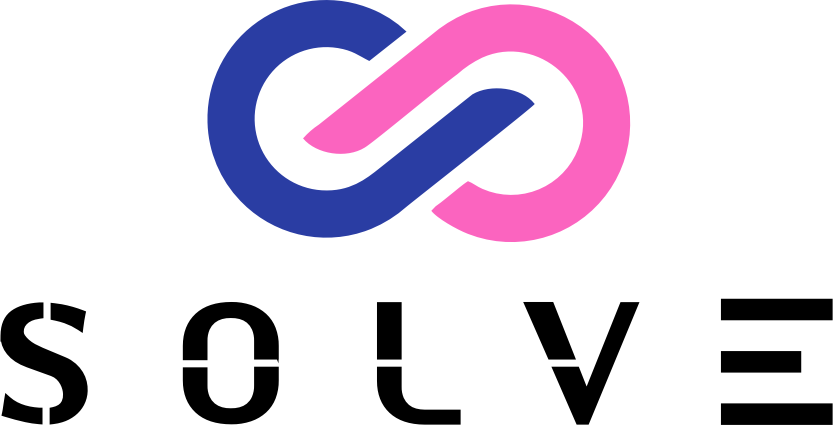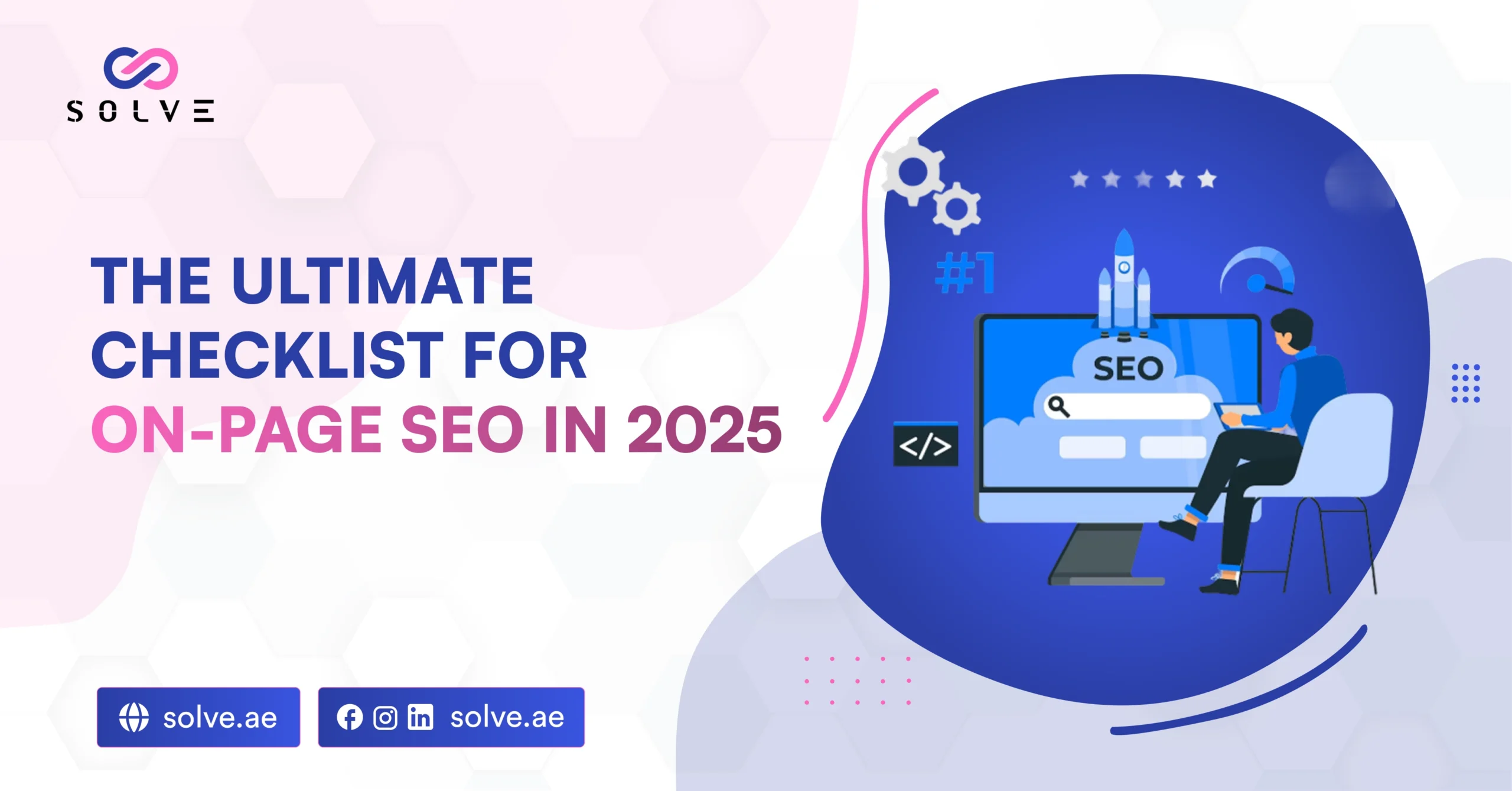- By Vanshika Choudhary
- June 25, 2025
With the evolution of search engines, on-page SEO evolved, with technical aspects blending with user-oriented content and new advancements as the third dimension. In 2025, websites will have to think about more than keywords and metadata, including user experience, mobile performance, AI personalization, and so forth, in their checklist. Here is the comprehensive checklist explaining every major detail you will have to know for on-page SEO in 2025.
Keyword Research and Placement
Before anything else, keyword research remains a must so you can understand your target audiences and how they phrase their queries. From that basis, select two sets of keywords—the primary and secondary would really match the content according to their search intent and the long-tails from colloquial queries. After selecting the target keywords, use and place them in your title tag, meta description, and header tags whenever possible, as well as the body content, with or without natural flow. Contrary to stuffing keywords, trying for contextual and semantic richness would serve best for both the users and the search engines.
Title Tag and Meta Description Optimization
It has been found never to dismiss the effect a title tag can have on ranking and click-through rates. In 2025, be sure to front-load the primary keyword in the title tag while keeping it short enough to display on mobile devices (under 60 characters). Modifiers such as “best,” “guide,” or the current year may also be added for additional go-up. Meta descriptions, although they do not influence rankings directly, affect the click rate. Aim for enticing, keyword-rich meta descriptions of no more than 120 characters that communicate a clear value proposition for the page visitors to click through into your site.
Use Short URL Keywords and Clean URLs
Using short URLs is the best way to describe the page, along with its keywords, to make it easier for users and search engines to understand what the page is about. On the contrary, stay away from having unnecessary words or parameters, and keep the structure simple and logical. Clean URLs also motivate SEO and user confidence while making the links shareable. Based on studies, shorter URLs will rank better; hence, always aim to be as brief and clear as possible when creating new pages or updating existing ones.
Structure Your Content with Proper Headings (H1, H2, H3)
Having your content organized in a clear hierarchy of headings is vital from the point of view of readability and SEO. Generally, an H1 tag identifies the main topic of the page in the eyes of the search engine and hence should very closely tie with the title and carry the major keyword of the page. The H2 and H3 tags further split content into relevant sections and subtopics so that users can quickly scan through the page and so that it’s easier for Google to pick featured snippets. Alongside that, well-structured headers help the featured snippet algorithm locate your content and even assist in the People Also Ask and other Instant Answer sections.
High-Quality, User-Focused Content
On-Page SEO in 2025 will ensure that the content is useful and relevant and caters to satisfying the needs of users more than ever before. Consider the most specific questions your audience may have; offer practical solutions; keep revamping the ones that are outdated so that they remain pertinent and accurate; and employ natural language with semantic variants as intended by AI search algorithms, which emphasize contextual priority and intent. Ensure your E-E-A-T (Experience, Expertise, and Authoritativeness as per Google) through original research, domain experts’ perspectives, and all-inclusive answers.
Use Core Web Vitals for User Experience
Google’s Core Web Vitals, consisting of three major aspects—LCP, FID, and CLS—measure page speed, interactivity, and visual stability, respectively, with added weight now as prime ranking factors. WebP image optimization, lazy loading implementation, server response-time attentiveness, and LCP score keeping should be employed. Consider reducing FID by cutting down on JavaScript and only loading must-use scripts when necessary. Definite dimensions for images and videos should be specified to prevent layout shifts. Perform regular audits with tools like Google PageSpeed Insights to ensure not only meeting but perhaps even exceeding the Core Web Vitals benchmarks.
Mobile-first Site and Responsive Layout
With mobile-first indexing being the default indexing system, a site now has to ensure it provides the best experience possible, varying on the device on which the user is accessing its content. Use responsive design frameworks to deliver content, images, and navigation that smoothly transition from one screen size to another.
Optimize images and visual content
Use compression and newer image formats like WebP or SVG to keep the file size low without compromising on image quality. Use alt texts with keywords in short phrases describing the subject matter of the image so that they are useful for accessibility and SEO. Make sure the visuals relate closely to nearby text. Well-optimized visuals mean better user experience and visibility.
Internal Linking for Site Structure and Authority
Internal linking ensures crawling of your site by search engines, link equity distribution, and navigating users to relevant content. Use anchor texts describing the topic of the target page while internally linking to important pages. Apart from SEO, internal linking keeps users engaged by encouraging deeper exploration of the site.
Schema and Structured Data
With schema markup (structured data), you help search engines along, recognizing your content better and rewarding you with rich snippets such as FAQs, reviews, and featured images. Use the right schema types for your articles, products, events, and so on while adhering to Google’s implementation guidelines. Check out our latest blog post on The Role of Digital PR and Brand Mentions in Modern Off-Page SEO
Adapt for Enhanced Voice Search and Conversational Queries
Use question-based headings, FAQ schema, and answers to commonly asked questions concisely within your content. Focus on long-tail keywords and local keywords since voice searches contain heavy intent and high specificity. Voice search optimization will not only increase accessibility but will also set the stage for your site to emerge on featured snippets and “People Also Ask” questions.
Conclusion: A Ticket to On-Page SEO Greatness in 2025
While on-page SEO in 2025 is more user-centric holistically, the other side of the coin brings its standard of technical execution and good content with a fitting intent. By focusing on the ultimate checklist, which includes everything from keywords, Core Web Vitals, structured data, and E-E-A-T, among other things, you will find your path to gaining significant search visibility for sustainable growth. Contact us and Keep reviewing and updating your SEO solutions to suit changes in the dynamics of search engine algorithms and user expectations, rendering your website competitive in the ever-evolving digital sphere.




